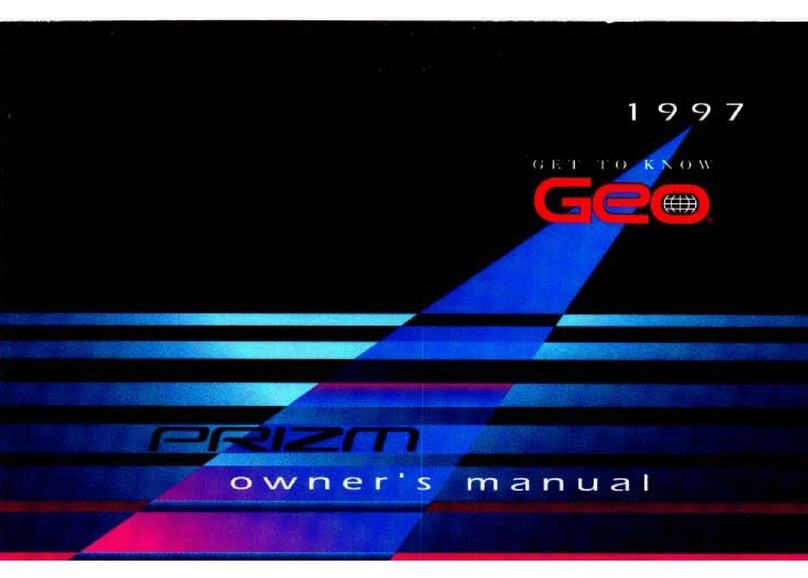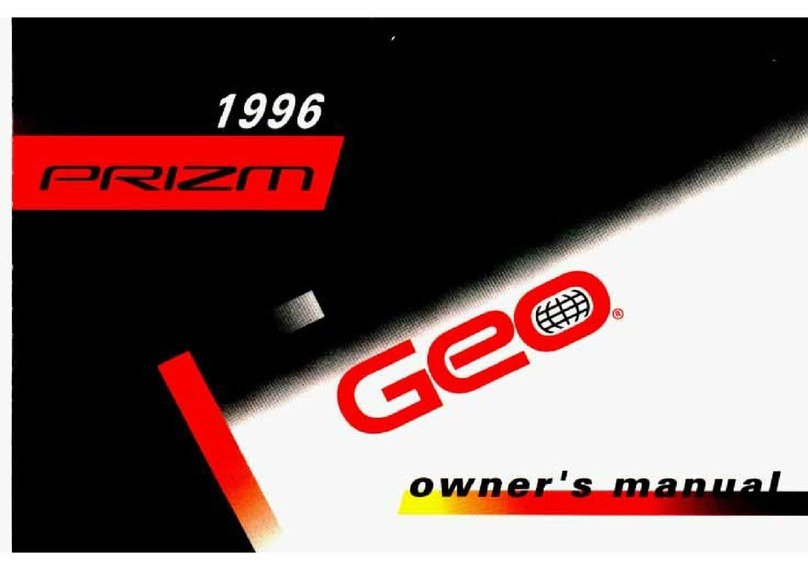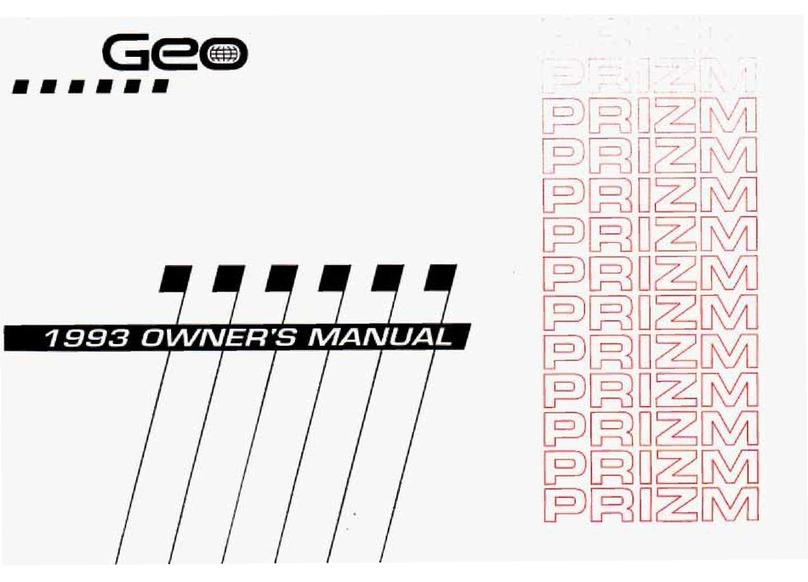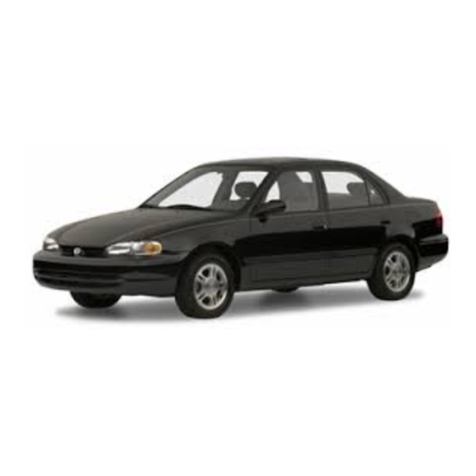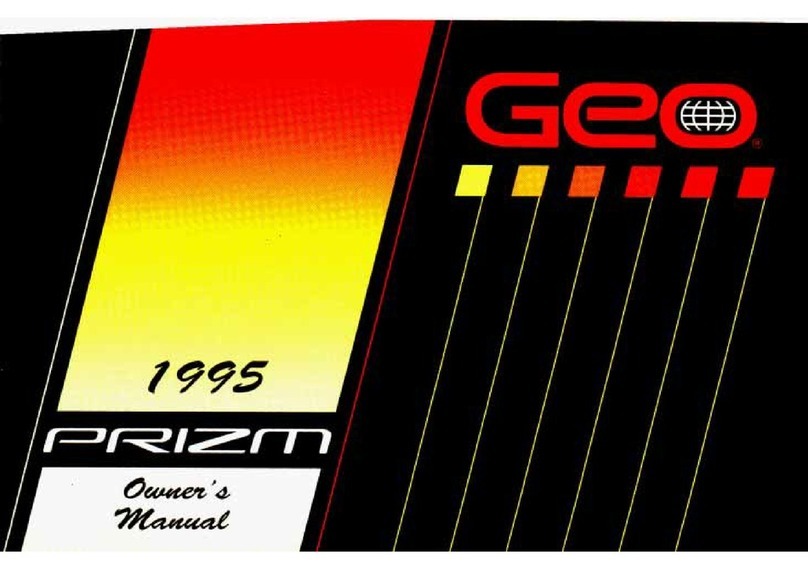How
to
Use
This
Manual
Many people read their owner’s manual
from beginningto end when they first
receive their new vehicle. This will help
you
learn about the features and controls
for your vehicle.
In
this manual, you’ll
find that pictures and words work
together to explain things quickly.
Index:
A
good place to look for what
you need is the Index in back
of
the
manual. It’san alphabetical listof all
that’s in the manual, and the page
number where you’ll find
it.
Parts
1-8:
Each partof this manual
begins with
a
brief list of its contents,
so
you can often findat
a
glance if a part
contains the information
you
want.
How
toUse ThisManual:
This part
tells you how to
use
your
manual and
includes safety and vehicle damage
warnings and symbols.
Part
1
-
Seats
&
Restraint Systems:
This part tells
you
how
to
use your seats
and safety belts properly. It also explains
the air bag system.
Part
2
-
Features
&
Controls:
This part
explains how to start and operate your
Geo.
Part
3
-
Comfort Controls
&
Audio
Systems:
This
part
tells you howto
adjust the comfort controls and how to
operate your sound system.
Part
4
-
Your Driving and the Road:
Here you’ll find helpful information and
tips about the road and howto drive
under different conditions.
Part
5
-
Problems on the Road:
This
part tells you what todoif you have a
problem while driving, suchas a flat tire
or engine overheating, etc.
Part 6
-
Service
&
Appearance Care:
Here the manual tells you how to keep
your Geo running properly and looking
good.
Part
7
-
Maintenance Schedule:
This
part tells when to perform vehicle
maintenance and what fluids and
lubricants to use.
3...
